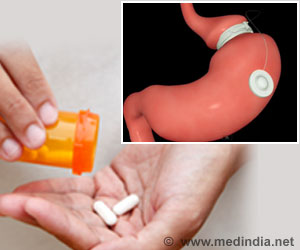A new study reveals that the LAP-BAND weight loss surgery is safe and effective in an expanded group of patients, including the morbidly obese.

To assess the safety and effectiveness of LAGB in an expanded group of patients, Robert Michaelson, MD, PhD, FACS, of Northwest Weight Loss Surgery in Everett, Washington, and his colleagues recruited 149 individuals with a BMI of 35 to 39.9 without an additional condition, or a BMI of 30 to 34.9 with at least one obesity-related condition.
"Patients in our study had been obese for an average of 17 years," said Dr. Michaelson. "They tried numerous other weight loss methods and finally reached out for surgical treatment when they were weary of the repetitive failures at maintaining weight loss."
One year after undergoing the procedure, 84.6% of patients achieved at least a 30 percent loss in excess body weight, with an average excess weight loss of 65 percent. A total of 66.4 percent of patients were no longer obese. Obesity-related conditions that were present at the time of surgery improved for many patients, including 64.4 percent of patients who had high cholesterol, 59.6 percent of patients who had hypertension, and 85.7 percent of patients who had diabetes. Patients' quality of life also improved. Most side effects were mild to moderate and resolved within one month.
The researchers also found that the one year results were maintained or improved at two years, and that each additional 10 percent weight loss at year two was linked with a decrease in triglycerides by 13.7mg/dL, blood sugar levels by 3.5mg/dL, and systolic blood pressure by 3.3mmHg.
"The results of this study convinced the FDA that early intervention in the continuum of obesity is the right thing to do: treat before people go on to develop serious comorbid conditions of obesity," said Dr. Michaelson. He added that this and similar studies prompted the American Society for Metabolic and Bariatric Surgery to issue a position statement endorsing weight loss surgery for patients with moderate obesity who have failed non- surgical methods of weight loss. "The next step is to get the private insurers and Medicare, who continue to rely on guidelines established in 1991, to review the incontrovertible literature, take down the barriers to the necessary treatment for this disease, and offer the hope of a cure to 27 million Americans," said Dr. Michaelson.
Advertisement
Advertisement















